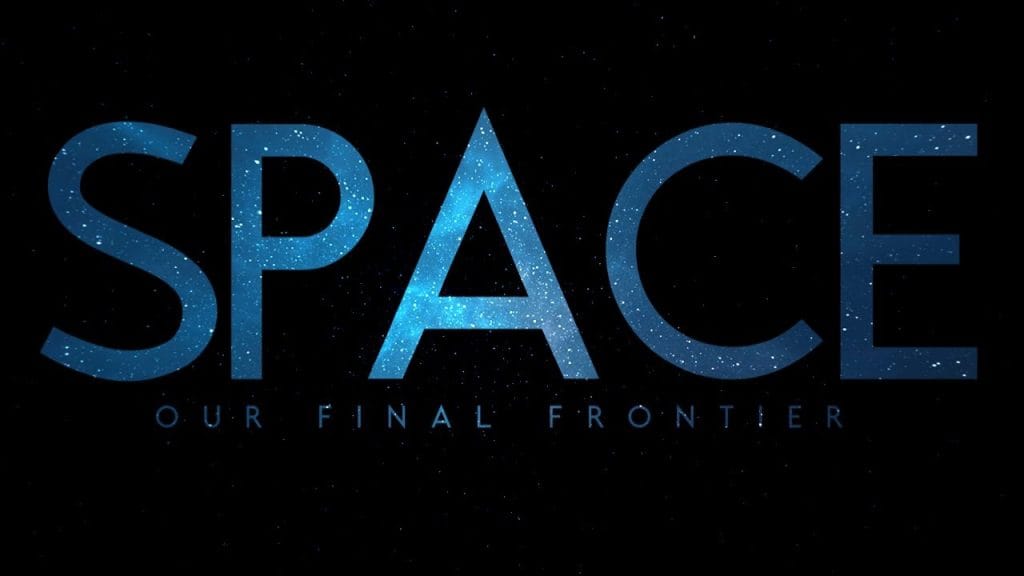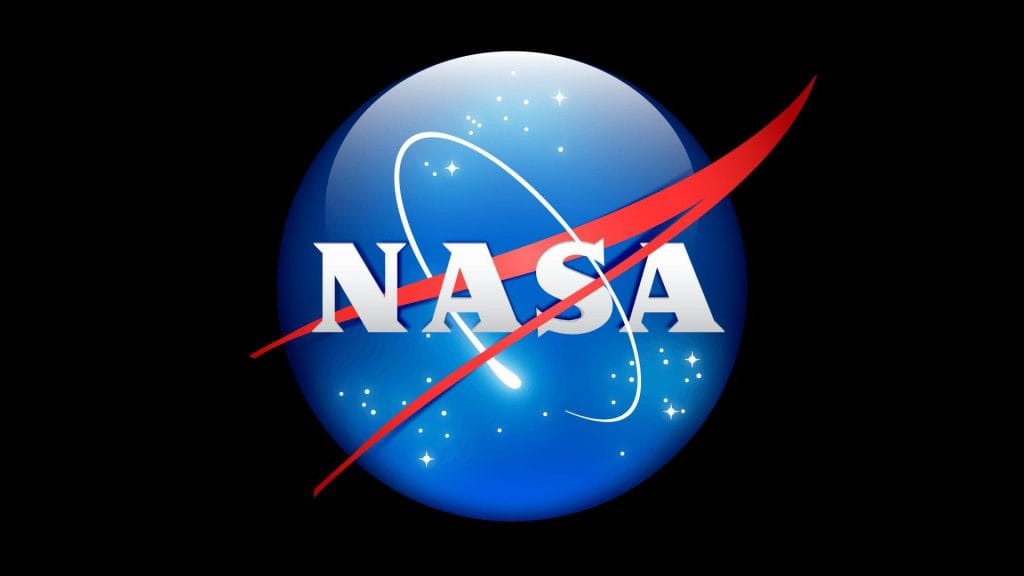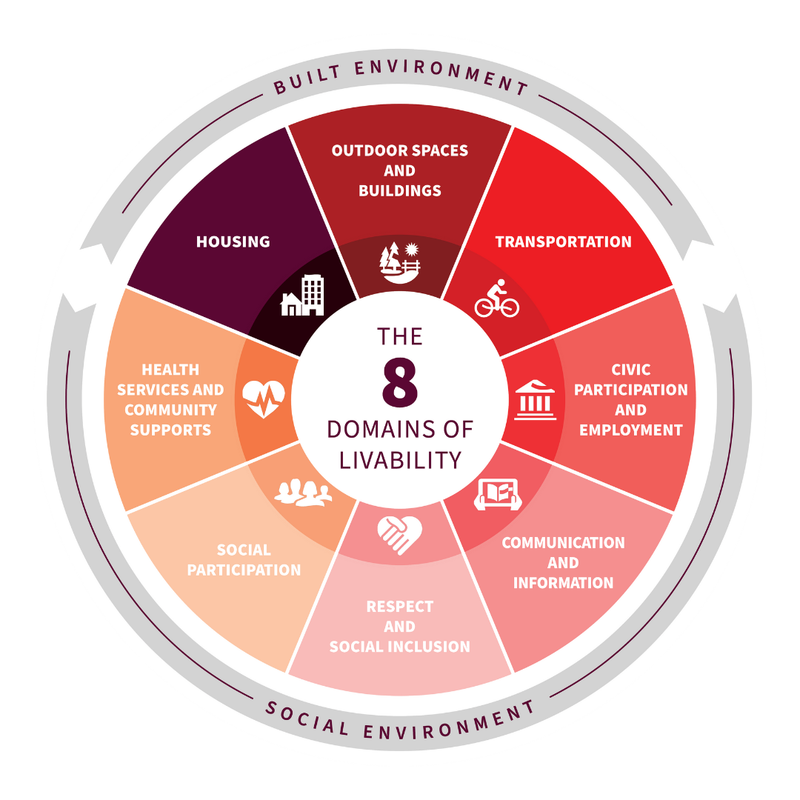Space: Our final frontier
I was listening to an interview with Elon Musk the other day, and he was talking about how we seem to have stopped dreaming about space exploration – or at least stopped exploring. He mentioned how we put a man on the moon back in 1969, how we had Space Shuttle launches (1981-2011), and of course, w

O P I N I O N
FORWARD FOCUS
By Brian Chicoine


I was listening to an interview with Elon Musk the other day, and he was talking about how we seem to have stopped dreaming about space exploration – or at least stopped exploring. He mentioned how we put a man on the moon back in 1969, how we had Space Shuttle launches (1981-2011), and of course, we have the International Space Station, which we are now getting ready to dismantle.
But exploration – at least to Mars – isn’t over. Musk says that his company, SpaceX, should be ready to make its first trip to Mars in four years, and that humans could be living there by 2050. It may seem crazy to some, but I’m sure people thought that President John F. Kennedy was being crazy back in 1961 when he announced his intent to land on the moon by the end of that decade.

The interview made me think that maybe we’re not dreaming as much as we did. Maybe we are so tied-up in everything else, that we haven’t any brain space to dream. Yes, space exploration costs a lot of money, and as a country we are in a lot of debt, (and right now we are thinking about putting food on the table and paying rent), but isn’t it nice to dream? (Just because we have a dream doesn’t mean that we’re being spendthrifts…it just makes us dreamers).
So how did we get to where we are with space exploration? How did we even get into exploring space? Let’s explore a bit:
The Early Days of U.S. Space Exploration
The origins of the U.S. space program can be traced back to the late 1950s, when the country was engaged in a fierce technological and ideological competition with the Soviet Union. The launch of Sputnik, the first artificial satellite, by the Soviets in 1957 sent shockwaves through the American public and government, sparking a renewed focus on scientific and technological advancement.
In response, the United States established the National Aeronautics and Space Administration (NASA) in 1958, consolidating various government agencies and research centers under a single, unified organization. The early years of NASA were marked by a series of impressive achievements, including the launch of the first American satellite, Explorer 1, in 1958 and the successful Mercury program, which sent the first American astronauts into space.
The Triumph of the Apollo Program
The crowning achievement of the U.S. space program, however, came in the 1960s with the Apollo program. Driven by the goal of landing a man on the moon before the end of the decade, the Apollo program was a massive undertaking that required the coordination of thousands of scientists, engineers, and support personnel.
On July 20, 1969, the world watched in awe as Neil Armstrong and Buzz Aldrin became the first humans to set foot on the lunar surface, a moment that has been etched into the collective memory of humanity. Over the course of the Apollo program, a total of 12 astronauts walked on the moon, and the United States emerged as the undisputed leader in space exploration.
The Post-Apollo Era and the Space Shuttle Program
Following the successful completion of the Apollo program, the U.S. space program entered a period of transition and uncertainty. With the moon landings accomplished, NASA faced the challenge of maintaining public interest and securing the necessary funding to continue its ambitious plans.
The solution came in the form of the Space Shuttle program, which was launched in 1981. The Space Shuttle, a reusable spacecraft capable of launching into orbit and returning to Earth, became the backbone of the U.S. space program for the next three decades. During this time, the Space Shuttle played a crucial role in the construction of the International Space Station, as well as in the deployment of numerous scientific and commercial satellites.

The Decline of the U.S. Space Program
Despite the successes of the Space Shuttle program, the past 10-15 years have seen a noticeable decline in the scope and ambition of the U.S. space program. This decline can be attributed to a combination of factors, including budgetary constraints, shifting political priorities, and the retirement of the Space Shuttle fleet.
One of the primary drivers of the decline has been the steady erosion of NASA’s budget. In the 1960s, at the height of the Space Race, NASA’s budget accounted for nearly 4% of the federal budget. However, in the decades that followed, this percentage steadily declined, reaching a low of just 0.5% in the early 2010s.
This budgetary pressure has had a significant impact on the agency’s ability to undertake new, ambitious projects. The cancellation of the Constellation program, which was intended to develop a new generation of spacecraft capable of returning humans to the moon, was a particularly devastating blow, as it effectively ended the country’s plans for human exploration beyond low-Earth orbit.
The retirement of the Space Shuttle fleet in 2011 further compounded the challenges facing the U.S. space program. With no immediate replacement for the Shuttle, the United States was forced to rely on the Russian Soyuz spacecraft to transport astronauts to and from the International Space Station, a situation that was both costly and politically unpopular.
The Rise of Commercial Space Exploration
The landscape of space exploration is undergoing a transformative shift. With the advent of commercial entities stepping into what was once the exclusive domain of national space agencies, the cosmos is becoming an arena for private enterprise. This shift not only democratizes space access but also accelerates technological advancements and economic opportunities beyond Earth. Concurrently, the International Space Station (ISS), a symbol of international collaboration and scientific achievement, approaches the end of its operational life, marking the end of an era and the beginning of a new chapter in space exploration.
The Emergence of Commercial Space Companies
The inception of commercial space exploration can be traced back to the early 2000s, with companies like SpaceX, Blue Origin, and Virgin Galactic spearheading the movement. Founded by visionary entrepreneurs such as Elon Musk, Jeff Bezos, and Richard Branson, these companies have introduced a competitive edge and innovative approaches to space travel and technology.
**SpaceX**, perhaps the most prominent player, has made significant strides with its reusable rocket technology. The Falcon 9 and Falcon Heavy rockets have reduced the cost of launching payloads into space, making it more accessible for both government and private missions. SpaceX’s Dragon spacecraft has been pivotal in ferrying cargo and crew to the ISS, establishing the company as a reliable partner for NASA and other space agencies.
**Blue Origin**, founded by Amazon’s Jeff Bezos, focuses on developing reusable rockets to make space travel more economical and sustainable. Their New Shepard suborbital vehicle aims to provide commercial space tourism, while the New Glenn orbital vehicle is designed for a variety of missions, from satellite deployment to interplanetary travel.
**Virgin Galactic** targets the suborbital space tourism market. With its SpaceShipTwo, the company aims to offer a unique experience for paying customers, giving them a few minutes of weightlessness and a view of Earth from space. Although commercial flights have faced delays, the potential market for space tourism remains substantial.
Economic and Technological Implications
The rise of commercial space exploration carries profound economic and technological implications. Lower launch costs enable more frequent and diverse missions, spurring innovation in satellite technology, space habitats, and planetary exploration. This democratization of space access means that smaller countries and private entities can now participate in space activities, fostering a new global space economy.
The commercialization of space also drives advancements in materials science, robotics, artificial intelligence, and other fields. Technologies developed for space applications often find earthly uses, benefiting sectors such as healthcare, telecommunications, and environmental monitoring.
The International Space Station: A Legacy of Collaboration
Launched in 1998, the ISS represents one of the most ambitious international collaborations in history. This orbiting laboratory has hosted astronauts from 19 countries and conducted over 3,000 scientific experiments, contributing significantly to our understanding of space, biology, physics, and materials science.
The ISS has been a platform for testing technologies vital for long-duration space missions, such as life support systems, radiation shielding, and human health management. It has also played a crucial role in fostering international cooperation and diplomacy, bringing together space agencies from the United States, Russia, Europe, Japan, and Canada.

The End of an Era
However, as the ISS nears the end of its planned operational life, projected for 2030, discussions about its future have intensified. The aging infrastructure and increasing maintenance costs pose significant challenges. NASA and its international partners are exploring options for deorbiting the station safely or potentially extending its life with private sector involvement.
The ISS’s decommissioning signifies the end of a significant chapter in space exploration, but it also opens the door for new opportunities. Private companies are already planning and developing commercial space stations that could serve as successors to the ISS. Axiom Space, for example, aims to build the first commercial space station, with modules initially attached to the ISS before becoming a standalone facility.
Looking Forward
As we look towards the future, the end of the ISS does not imply the end of human presence in low Earth orbit. Instead, it heralds a new era where commercial space stations could become hubs for scientific research, manufacturing, tourism, and even space mining. These developments promise to make space more accessible and economically viable, driving further exploration and utilization of the final frontier.
Moreover, the momentum generated by commercial space exploration is likely to propel humanity beyond low Earth orbit. NASA’s Artemis program, in collaboration with private companies, aims to return humans to the Moon and establish a sustainable presence there. Mars, too, is within reach, with plans for crewed missions in the coming decades.
Conclusion
The rise of commercial space exploration and the impending end of the ISS mark a pivotal moment in the history of space exploration. As private companies drive innovation and reduce costs, the economic and technological landscape of space is rapidly evolving. The legacy of the ISS will continue to inspire future generations, while the new era of commercial space stations promises to expand humanity’s reach and capabilities in space. This transition embodies the spirit of exploration and collaboration, paving the way for a future where space is within the grasp of many, not just a few.
Questions and comments are welcomed. Just email me at bchicoinemht@gmail.com.





